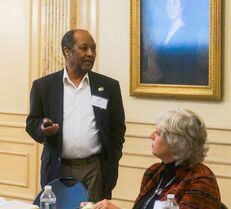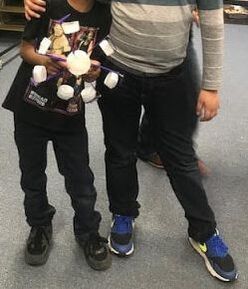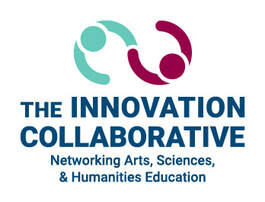 The Collaborative’s Research Thought Leaders help provide the strong research foundation for the Collaborative’s work. Each Thought Leader is nationally and internationally recognized in their own field and brings an extensive depth of experience and expertise. They also are adept at working across disciplines. In previous newsletters, we brought you interviews with each of our Thought Leaders. This new series, launched in the Winter 2021 newsletter, reflects on how you might apply some of their most important ideas to your work in STEAM education. To do this, we’re using Collaborative research findings and examples of successful applications of these ideas in teaching practices. The first article in this series examined creative and innovative thinking. The second article explored STEAM and interdisciplinary learning. This third article in the series looks at collaboration. A future series article will address STEAM models. The information below is based on Thought Leaders’ interviews and an in-person convening in Washington, D.C. in 2016, that was supported in part by the National Endowment for the Arts. Collaboration A hallmark of effective practices in STEAM education is collaboration, both among students and among teachers. Thought Leader Input:
** Transdisciplinary:

0 Comments
Your comment will be posted after it is approved.
Leave a Reply. |
